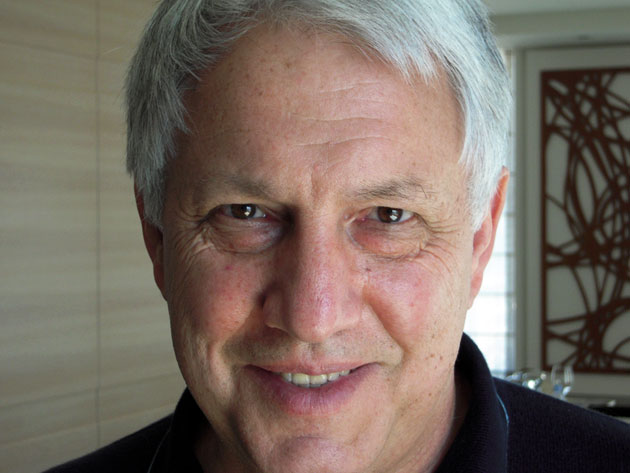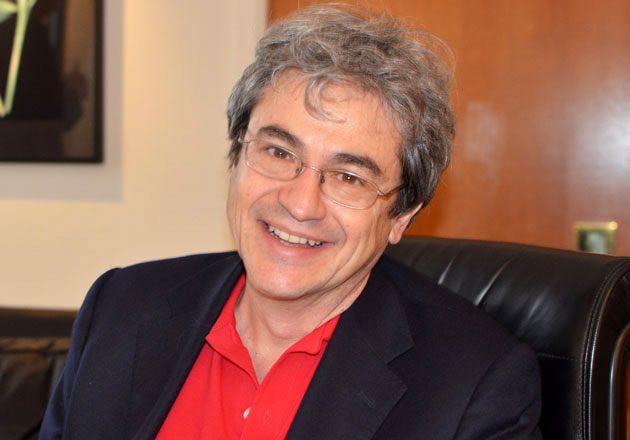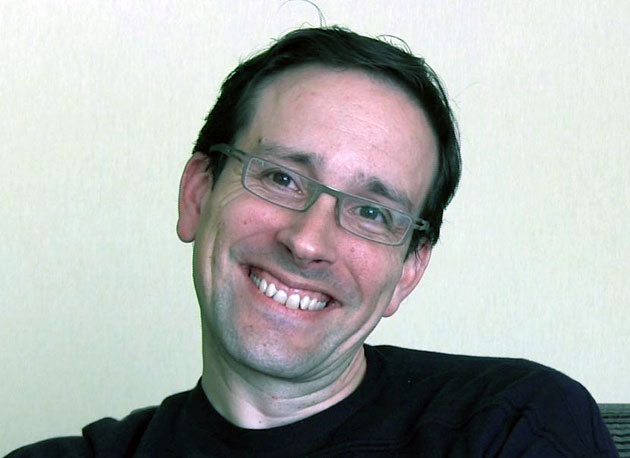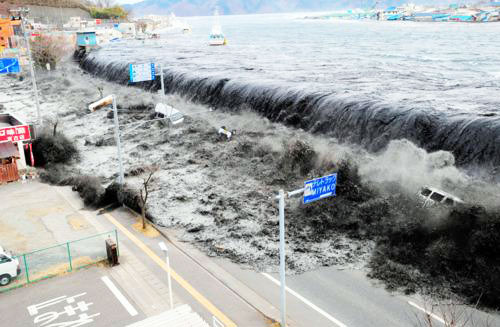Introduction
About a year ago, on Wednesday April 14th, I was on the way to London from JFK, when the pilot announced a slight delay into Heathrow in order to avoid the ash cloud coming out of the Icelandic volcano eruption. This was the first time I paid any attention to the subject. But once in London that is the only subject anybody talked about for a week.
"Something is going on here that requires serious thinking," I wrote on these pages. "We've had earthquakes before, and we've had plane stoppages, but nothing like the continuing effects of the ash cloud." The result was an Edge Special event on "The Ash Cloud". I asked the following question:
"What do the psychologists have to say about the way the decision-makers have acted? What have the behavioral economists learned from this? I am interested in hearing from the earth and atmospheric scientists, the aeronautical engineers, the physicists. What can science bring to the table?"
It's already clear that the earthquake and tsunami that hit northern Japan is the latest tragic example of our inability to predict when it matters most.
What can the Edge community bring to the table?
"Risks are always interesting," writes George Dyson," especially in this case where you have such a mix of probabilities — the earthquake/tsunami that most agree was unpredictable, if inevitable, and the nuclear power plant that some people think was entirely safe, and some people believe was entirely unsafe. So you need to frame this in terms of risk, without getting bogged down in the debate about nuclear power, that may go on forever, certainly long enough to drive people away from Edge."
"The question of preference for different kinds of fate — death by drowning vs death by radiation; death by enemy fire vs friendly fire, etc; tolerance for automobile fatalities because they are "accidents" — is at the heart of this, and you have a lot of people at hand with something to say about that."
To start things off, Edge asked Bruce Parker, Former Chief Scientist of the National Ocean Service in NOAA, and author of The Power of the Sea, to write the lede essay on risk in light of northern Japan earthquake and tsunami.
John Brockman
Publisher & Editor, Edge







